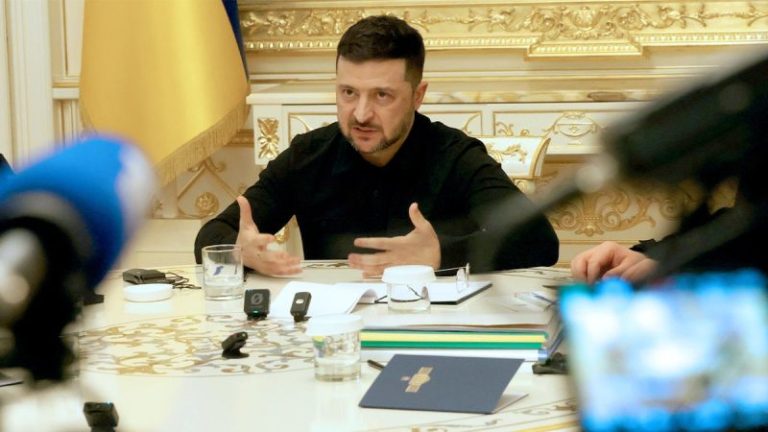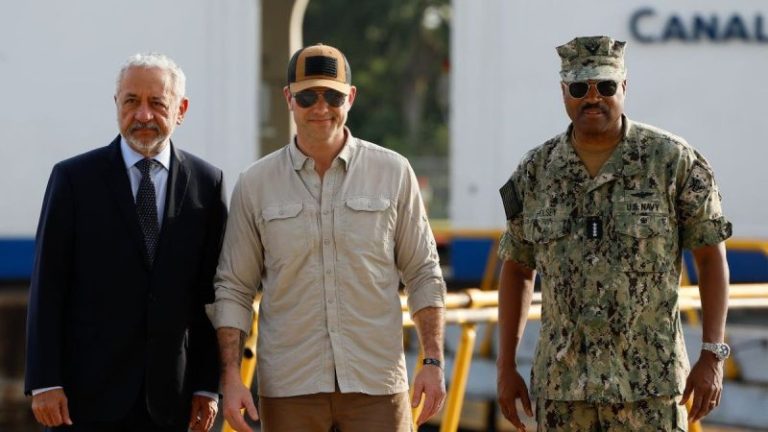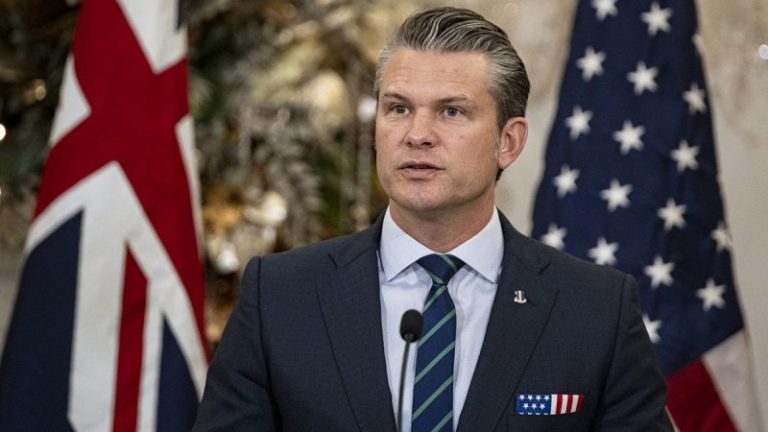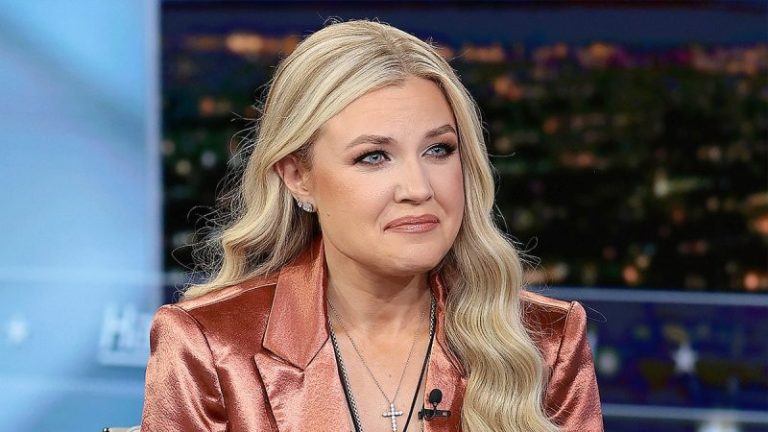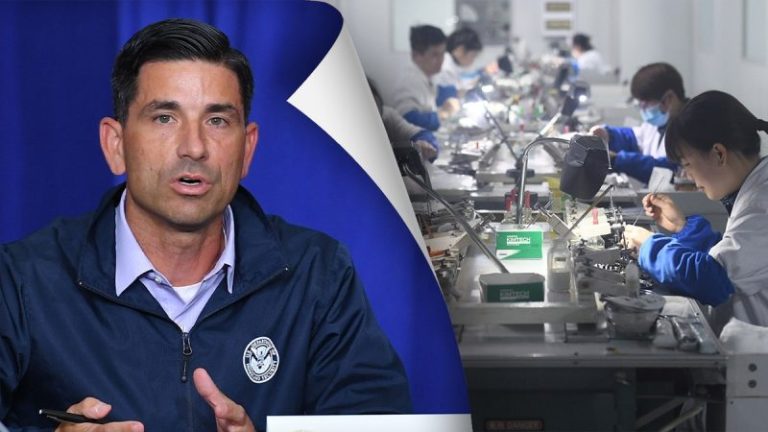Apollo Silver Corp. (‘ Apollo ‘ or the ‘ Company ‘) (TSX.V:APGO, OTCQB:APGOF, Frankfurt:6ZF) is pleased to provide an update on ongoing community engagement activities at its Cinco de Mayo Project (‘Cinco de Mayo’ or the ‘Project’) in Chihuahua, Mexico.
Over several months, the Company held productive discussions with elected representatives of the Ejido Benito Juárez (the ‘Ejido’), Municipio de Buenaventura, and other leaders and community groups in the region. The objective of these discussions was to regain public support for mineral exploration and mine development at Cinco de Mayo, and more specifically, to rescind the property access ban imposed by the Ejido in November 2012 and to establish a long-term access agreement. This agreement is anticipated to provide important economic and community benefits to the Ejido, including annual payments, environmental value, and preferential employment and service opportunities, in exchange for unrestricted access for the Company to explore, develop and potentially mine the resources at Cinco de Mayo.
As part of Apollo’s efforts to introduce a plan of responsible development in cooperation and partnership with the local communities, informational materials are being distributed to members of the Ejido, outlining a plan of long-term collaboration and shared benefits associated with continued exploration and future operations at the Project. This phase of community engagement is expected to continue early into the new year, whereupon the Company remains hopeful for, and looks forward to, a general assembly of the Ejido in early 2026 to vote on rescinding the property access ban and approving a long-term access agreement.
Overview of Key Topics Presented to the Ejido
Long-Term Benefit Framework
The draft framework under discussion includes the following high-level concepts:
- A 30-year structure of benefits to the Ejido in return for access to the Project during the exploration, development and mining phases over that time period.
- Predictable annual payments made directly to the community to support priorities identified by the Ejido and its members, such payments amounting to approximately US$50 million over the life of the agreement.
- An option to extend the term of the agreement for an additional period of time.
Employment, Training, and Local Procurement
The materials emphasize the Company’s commitment to maximizing local participation:
- Hiring of Ejidatarios (registered members of the Ejido community), their descendants, and community members, based on skills and aptitude.
- Preference for local suppliers of food, fuel, transportation, materials, and lodging.
These initiatives are intended to help build sustainable economic opportunities for the region.
Environmental Protection and Water Stewardship
Environmental responsibility remains central to all Project planning. Commitments communicated to the Ejido include:
- Detailed hydrogeological studies to ensure exploration and potential future mining activities have no effect on community wells or natural springs.
- Continuous monitoring of water quality and environmental indicators.
- Strict adherence to all federal regulations, including requirements set by SEMARNAT, CONAGUA, and PROFEPA.
- Implementation of reforestation programs, responsible materials management, and full reclamation of land at the end of the Project’s life cycle.
These commitments apply at every stage of work, from exploration through to eventual operations and closure.
‘With a renewed interest in responsible mineral exploration and mine development being promoted at all levels of Mexican government, there is no better time to bring a strong plan of shared economic benefit to the communities around Cinco de Mayo,’ stated Ross McElroy, President and CEO . ‘As one of North America’s better CRD deposits, with a well established history, Cinco de Mayo holds great opportunity for all.’
About Cinco de Mayo
Cinco de Mayo is an approximate 25,000 hectare property located in the north central part of Chihuahua State, Mexico, approximately 190 kilometres northwest of the state capital of Chihuahua City in the Municipio de Buenaventura. The Project is prospective for and hosts carbonate replacement type deposits including the Upper Manto Pb-Zn-Ag (Au) deposit, which consists of two parallel and overlapping manto deposits referred to as the Jose Manto and the Bridge Zone. An independent technical report and Mineral Resource estimate (‘MRE’) on the Upper Manto deposit was prepared in 2012 by Rosco Postle and Associates (‘RPA’). At a NSR cut-off of US$100/t, Inferred MRE was estimated to total 12.45 million tonnes at 132 grams per tonne silver, 2.86 per cent lead and 6.47 per cent zinc and 0.24 gram per tonne gold (See Apollo’s news release dated March 7, 2025). The total contained metals in the historical resource were 52.7 million ounces of silver, 785 million pounds of lead, 1,777 million pounds of zinc and 96,000 ounces of gold. See cautionary statement below.
A potential new discovery, called the Pegaso Zone was not included in the 2012 Historical MRE. Apollo’s technical team considers this intersection as a high priority target that has potential to be a significant new discovery. The Company’s initial review of historical data suggests that the Pegaso Zone could indicate a larger and higher-grade resource at depth.
Qualified Person
The scientific and technical data contained in this news release was reviewed and approved by Isabelle Lépine, M.Sc., P.Geo., Apollo’s Director, Mineral Resources. Ms. Lépine is a registered professional geologist in British Columbia and a QP as defined by NI 43-101 and is not an independent of the Company
About Apollo Silver Corp.
Apollo is advancing one of the largest undeveloped primary silver projects in the US. The Calico project hosts a large, bulk minable silver deposit with significant barite and zinc credits – recognized as critical minerals essential to the US energy and medical sectors. The Company also holds an option on the Cinco de Mayo Project in Chihuahua, Mexico, which is host to a major carbonate replacement (CRD) deposit that is both high-grade and large tonnage. Led by an experienced and award-winning management team, Apollo is well positioned to advance the assets and deliver value through exploration and development.
Please visit www.apollosilver.com for further information.
ON BEHALF OF THE BOARD OF DIRECTORS
Ross McElroy
President and CEO
For further information, please contact:
Email: info@apollosilver.com
Telephone: +1 (604) 428-6128
Neither the TSX Venture Exchange nor its Regulation Services Provider (as that term is defined in the policies of the TSX Venture Exchange) accepts responsibility for the adequacy or accuracy of this release.
Cautionary Statement Regarding Historical Mineral Resource Estimates
This 2012 historical MRE referenced above is considered historical in nature and the reader is cautioned not to treat this estimate as current Mineral Resources, nor should they be relied upon. They are included here as an indication of the mineralization of the Project. A qualified person has not done sufficient work to classify the historical estimate as a current mineral resource and the Company is not treating the historical estimate as a current mineral resource.
Cautionary Statement Regarding ‘Forward-Looking’ Information
This news release includes ‘forward-looking statements’ and ‘forward-looking information’ within the meaning of Canadian securities legislation. All statements included in this news release, other than statements of historical fact, are forward-looking statements including, without limitation, statements with respect to the rescission of the 2012 access ban; the negotiation terms, value and potential execution of an access agreement with the Ejido; the timing, nature, and results of exploration and development activities at Cinco de Mayo; the exploration potential of the Project, including the potential discovery and significance of the Pegaso Zone; interpretations of historical data; the potential size, grade, continuity, and extent of mineralization, including at depth; potential future mining operations; the expected economic and social benefits to the Ejido and surrounding communities; and the Company’s future plans, strategies, and objectives. Forward-looking statements include predictions, projections and forecasts and are often, but not always, identified by the use of words such as ‘anticipate’, ‘believe’, ‘plan’, ‘estimate’, ‘expect’, ‘potential’, ‘target’, ‘budget’ and ‘intend’ and statements that an event or result ‘may’, ‘will’, ‘should’, ‘could’ or ‘might’ occur or be achieved and other similar expressions and includes the negatives thereof.
Forward-looking statements are based on the reasonable assumptions, estimates, analysis, and opinions of the management of the Company made in light of its experience and its perception of trends, current conditions and expected developments, as well as other factors that management of the Company believes to be relevant and reasonable in the circumstances at the date that such statements are made. Forward-looking information is based on reasonable assumptions that have been made by the Company as at the date of such information and is subject to known and unknown risks, uncertainties and other factors that may have caused actual results, level of activity, performance or achievements of the Company to be materially different from those expressed or implied by such forward-looking information, including but not limited to: risks associated with mineral exploration and development; metal and mineral prices; availability of capital; accuracy of the Company’s projections and estimates; realization of mineral resource estimates, interest and exchange rates; competition; stock price fluctuations; availability of drilling equipment and access; actual results of current exploration activities; government regulation; political or economic developments; environmental risks; insurance risks; capital expenditures; operating or technical difficulties in connection with development activities; personnel relations; and changes in Project parameters as plans continue to be refined. Forward-looking statements are based on assumptions management believes to be reasonable, including but not limited to the price of silver, gold and barite; the demand for silver, gold and barite; the ability to carry on exploration and development activities; the timely receipt of any required approvals; the ability to obtain qualified personnel, equipment and services in a timely and cost-efficient manner; the ability to operate in a safe, efficient and effective matter; and the regulatory framework regarding environmental matters, and such other assumptions and factors as set out herein. Although the Company has attempted to identify important factors that could cause actual results to differ materially from those contained in forward-looking information, there may be other factors that cause results not to be as anticipated, estimated or intended. There can be no assurance that forward-looking statements will prove to be accurate and actual results, and future events could differ materially from those anticipated in such statements. Accordingly, readers should not place undue reliance on forward looking information contained herein, except in accordance with applicable securities laws. The forward-looking information contained herein is presented for the purpose of assisting investors in understanding the Company’s expected financial and operational performance and the Company’s plans and objectives and may not be appropriate for other purposes. The Company does not undertake to update any forward-looking information, except in accordance with applicable securities laws .

